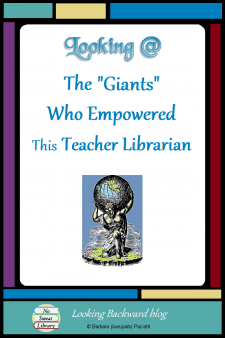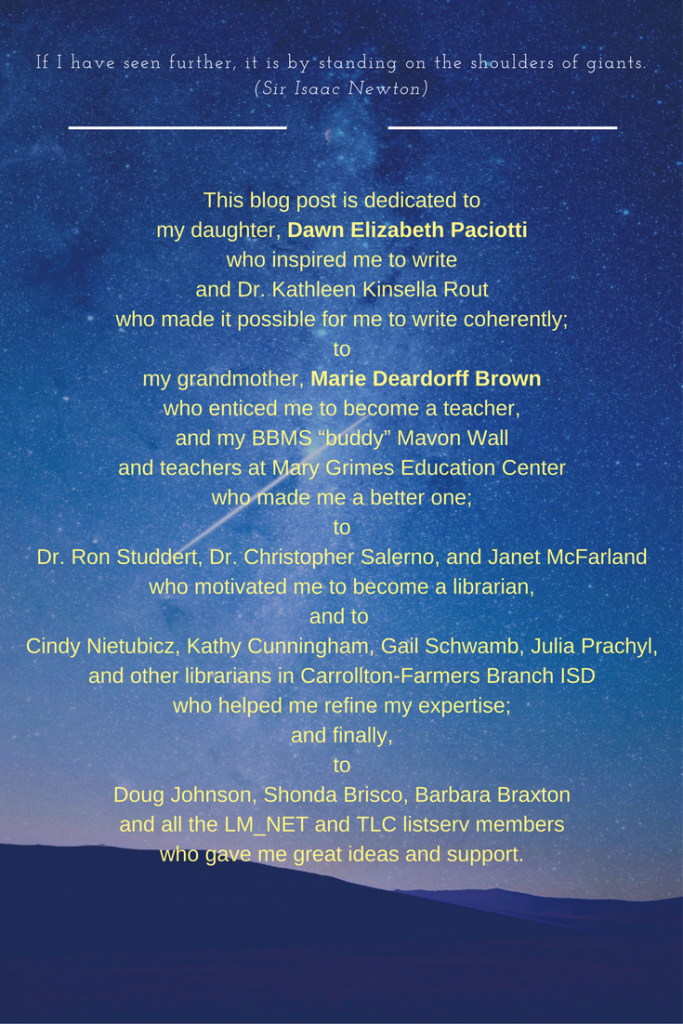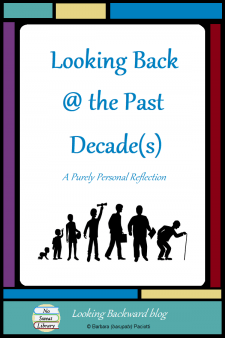 As 2019 draws to a close, bloggers and media outlets are reflecting on this past decade. As for me, I’m nearing a milestone in my life, so I choose to reflect back on the many decades I’ve lived on this planet Earth. This is a purely personal blog entry, so read or skip as you will…
As 2019 draws to a close, bloggers and media outlets are reflecting on this past decade. As for me, I’m nearing a milestone in my life, so I choose to reflect back on the many decades I’ve lived on this planet Earth. This is a purely personal blog entry, so read or skip as you will…
I’ve seen the birth of the US Highway System and Rock & Roll, of McDonald’s and Disneyland, of Mr. Rogers Neighborhood & Sesame Street, of the Civil Rights Movement, the Women’s Rights Movement, the Gay Rights Movement, and the Environmental Movement. But I’ve also seen the tragic deaths of President John F. Kennedy, Malcolm X, Dr. Martin Luther King, Jr., Sen. Robert F. Kennedy, John Lennon, and Princess Di.
I’ve seen the first launch of a chimp into space, man’s first Earth orbit & walk on the moon, the successful return of ill-fated Apollo 13, launch of the Hubble Space Telescope, and the building of the Space Station. But I’ve also seen the fiery deaths of 3 different groups of astronauts, including teacher Christa McAuliffe.
I’ve seen love-ins & Woodstock, Brown vs. Board of Education, Miranda vs. Arizona, and Roe vs. Wade, 3 Constitutional Amendments and the addition of 2 States to the U.S., the fall of the Berlin Wall and the dissolution of the USSR. But I’ve also seen Watergate, 2 Presidents impeached, race riots in Watts, Detroit and 100 other cities, racial shootings that motivated Black Lives Matter, and school shootings in Columbine, Virginia Tech, Sandy Hook, and Parkland.
I’ve lived through the Korean War, the Cold War, the Cuban Missile Crisis, the Vietnam War, the Gulf War, and the war against terrorism in Iraq and Afghanistan. I’ve also lived during the time of peace activists like Albert Schweitzer, Cesar Chavez, Mother Teresa, Aung San Suu Kyi, Nelson Mandela, Joan Baez, and Malala Yousafzai.
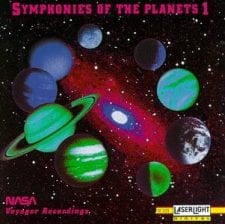 I’ve listened to music on 78rpm records, 33rpm albums & 45rpm singles, on 8-tracks & audio-cassettes, on CDs & iPods, on Sirius & Pandora. I’ve heard harpsichords & zithers & pan-flutes, madrigals & Dominican chants & Celtic ballads, Big Band sounds & folk songs & heavy metal, yet my favorite background music is electronic sounds from space.
I’ve listened to music on 78rpm records, 33rpm albums & 45rpm singles, on 8-tracks & audio-cassettes, on CDs & iPods, on Sirius & Pandora. I’ve heard harpsichords & zithers & pan-flutes, madrigals & Dominican chants & Celtic ballads, Big Band sounds & folk songs & heavy metal, yet my favorite background music is electronic sounds from space.
I’ve watched television on a 14” black & white screen with vacuum tubes and a rabbit-ear antenna, on a solid state 26” color screen with an outdoor roof antenna, on a 4-ft rear projector TV with cable, and an LCD HD flatscreen from a small satellite dish on my roof. I’ve viewed 4 channels broadcasting 6am-midnight to hundreds of channels broadcasting 24/7, and I’ve watched Betamax & laserdiscs & VHS & DVDs & on-demand live streaming at the touch of a remote. All that, yet I mostly read books.
I’ve seen the development of UNIVAC, IBM, Cray, DEC/VAX, HP, Wang, Commodore, Compaq, Apple & Mac, Chromebooks, Atari, Nintendo, Playstation, and Xbox; Fortran, COBOL, BASIC, PASCAL, UNIX, C++, MS-DOS, Windows, LINUX, HTML, and Javascript; ARPANET, Ethernet, TCP/IP, DNS, LISTSERV, Gopher, FTP, HTTP, and the World Wide Web. My livelihood for the past three decades has been tied to technology, yet my relaxation is putting together a 500-1000 piece jigsaw puzzle.
I’ve used a dial phone, push-button phone, Princess phone, Nokia phone, flip-phone, and Smartphone. I’ve typed—as fast as a person talks—on a manual typewriter, an electric typewriter, a punch-card machine, and a computer keyboard. And I see students who can message that fast with their thumbs on a phone, yet they hunt & peck on a keyboard because we can’t take time to teach them how to touch-type.
I’ve seen public education go through 3 iterations of the same things given fancy new names—including the rise & fall of standardized testing and the respect & denigration of the teaching profession. We churn out the best & brightest of scholars, yet we lament that high school graduates can’t read, spell, form a complete sentence, or add numbers in their head.
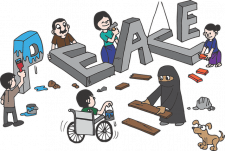 As I ponder our achievements and fiascoes, I realize that nothing has really changed. We are still the same imperfect humans, trying our best to make our way in the world and to make the world a better place. My life has been much the same: I can take pride in my finest achievements and shrink in shame at my lowest failures, yet I remain hopeful that all is working its way toward a better future.
As I ponder our achievements and fiascoes, I realize that nothing has really changed. We are still the same imperfect humans, trying our best to make our way in the world and to make the world a better place. My life has been much the same: I can take pride in my finest achievements and shrink in shame at my lowest failures, yet I remain hopeful that all is working its way toward a better future.
Let there be peace on earth…and let it begin with me.
![]()



